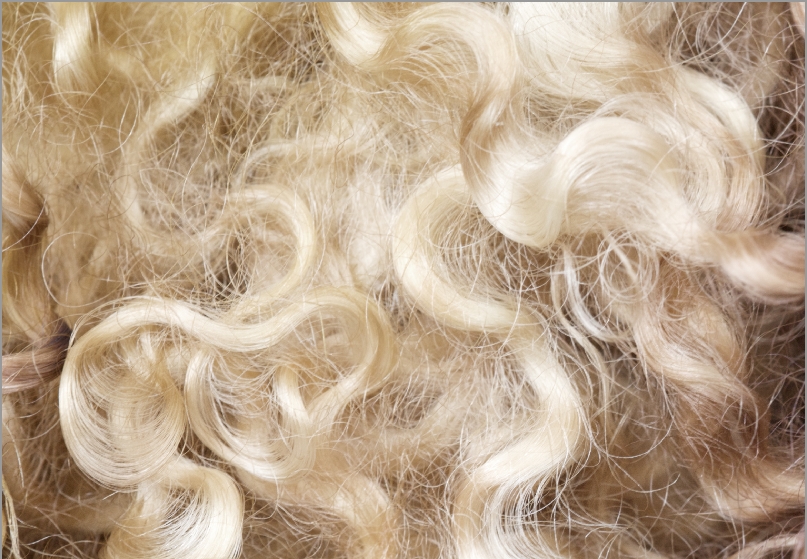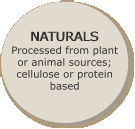 |
 |
 |
||
 |
||||||
 |
||||||

The very word ‘natural’ suggests that the fibre, and therefore a product made from it is somehow a more authentic and positive choice. Natural fibres are generally perceived to be ‘better’ from a sustainable perspective, but this is not always the case.
For example, recent years have seen the issues with the global dominance of conventionally farmed cotton enter consumer conciousness, and a there is now a growing move away from cotton farmed using excessive water consumption and the catastrophic use of fertilisers and pesticides.
During much of the last century the focus of fabric development and manufacturing centred on the traditional group of natural fibres which are examined below.
The original impetus to develop new artificial fibres has often been as a substitute for the ‘ideal’ natural fibres, which are often more expensive or unobtainable.
Now the motivation for the new generation of textile developments is to offer sustainable developments, and also alternatives to the traditional natural and artificial fibres and to provide broader options, from creative, functional and well being perspectives.
FIBRE CHOICES
Of crucial importance in making responsible choices is the relevance of the origin of the raw material and how it’s production impacts upon the environment, wildlife, agriculture, industry and the communities that generate these fibres and fabrics.
Interrogating the provenance of fibres and allowing manufacturers to inform us about the sustainability profile of their products is the first step in sustainable thinking. We need to investigate the raw materials themselves and understand how they are farmed and harvested, look at the processing and chemicals involved, enquire how emissions are managed, and think about the recyclability and biodegradeability of our fibre choices.

NATURAL FIBRES
